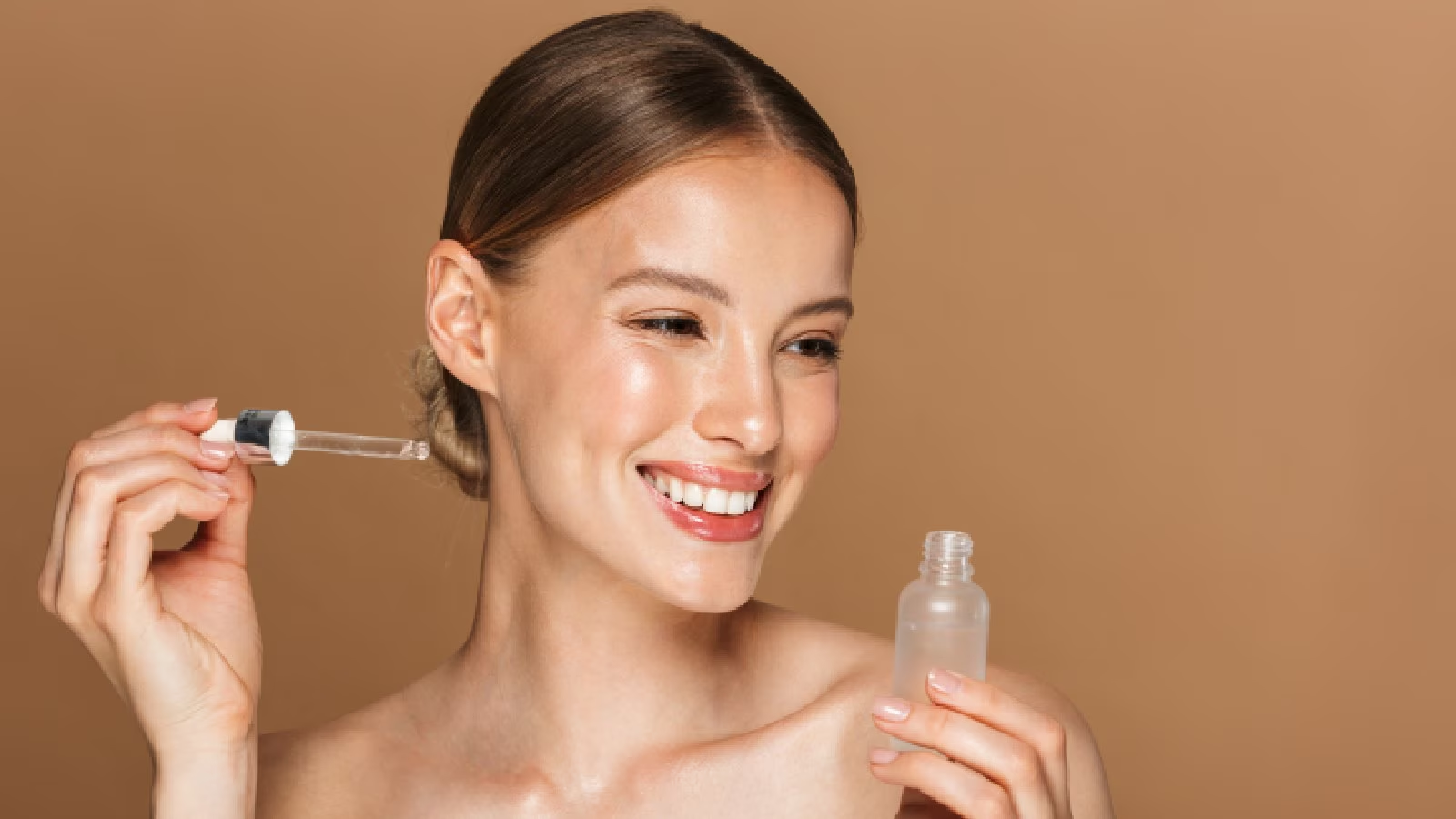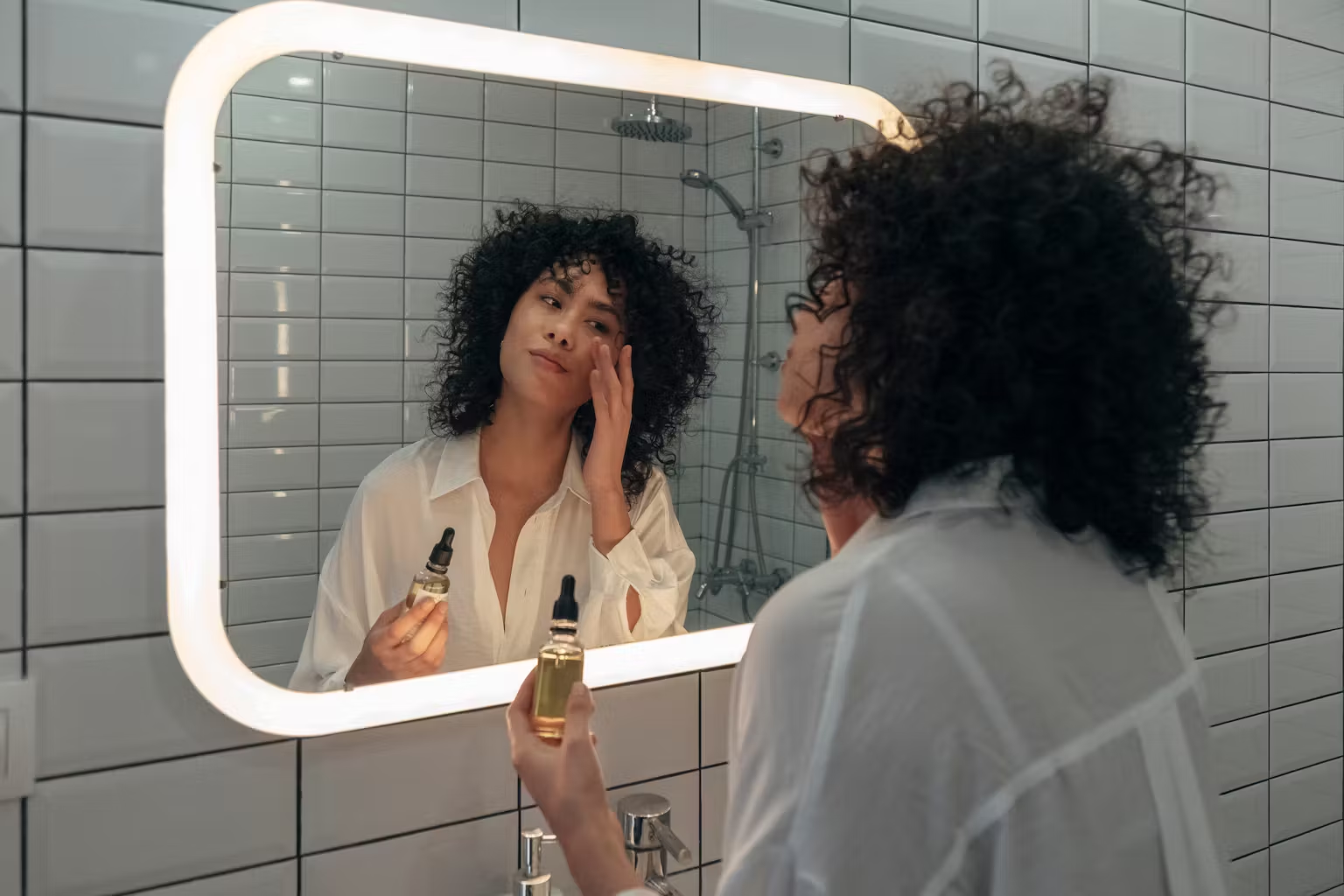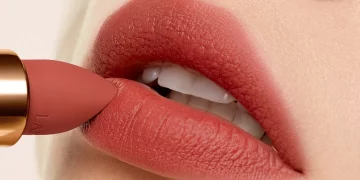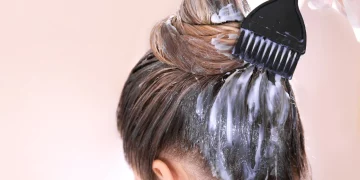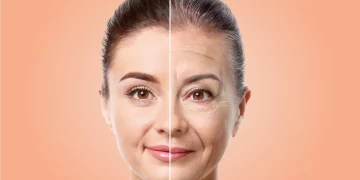Introduction
In recent years, the beauty and fashion industries have faced increasing pressure to adopt more sustainable practices. As the global conversation around environmental sustainability intensifies, brands are turning to eco-friendly materials, ethical production methods, and recyclable packaging as ways to reduce their environmental footprint. However, a question lingers at the intersection of sustainability and aesthetics: Does the push for eco-conscious design come at the expense of a product’s visual appeal?
This debate has sparked a growing controversy. On one hand, sustainability is seen as an imperative that brands cannot afford to ignore; on the other hand, consumers are still highly invested in the visual and emotional appeal of the products they buy. How can brands balance these two seemingly conflicting priorities—eco-friendliness and visual attractiveness?
This article explores the controversy of sustainable aesthetics by examining whether environmentally conscious design choices compromise the aesthetic appeal of products. We will also delve into scientific data and studies that analyze consumer perceptions of sustainability in product design, exploring whether the shift to greener designs is genuinely detrimental to a product’s visual appeal, or whether it can lead to new and innovative design opportunities.
1. Understanding the Rise of Sustainable Design in Beauty and Fashion
a. The Growing Demand for Sustainability
The beauty and fashion industries are among the most resource-intensive sectors in the world. From plastic packaging to wasteful production practices, these industries have long been contributors to environmental degradation. In response to growing concerns about climate change and resource depletion, there has been a widespread movement toward adopting sustainable practices. Brands are turning to recyclable materials, biodegradable packaging, plant-based ingredients, and ethical sourcing to align themselves with consumer expectations for sustainability.
Sustainability has become a key selling point for many companies, with a particular focus on eco-friendly packaging, cruelty-free production methods, and reducing carbon footprints. The push for ethical and sustainable products has been fueled by growing consumer awareness of the environmental impact of their purchasing decisions, as well as the rise of eco-conscious influencers and movements like #SustainableFashion and #GreenBeauty.
As this trend gains momentum, brands are becoming more transparent about their production processes and the environmental impact of their products. Sustainability is no longer a niche or secondary consideration—it’s at the core of many marketing strategies.
b. The Aesthetic Dilemma
While the demand for sustainability is growing, the aesthetic qualities of beauty and fashion products remain a primary concern for consumers. A product’s visual appeal plays a crucial role in its desirability, and it is often one of the first things a consumer notices about a product. However, sustainability often requires design trade-offs that can impact the visual elements of a product.
For example, many eco-friendly packaging solutions use recycled materials that may not have the same polish or glossiness as virgin plastic or other conventional packaging materials. Additionally, the use of natural dyes and plant-based ingredients in cosmetics or clothing can result in colors or textures that differ from their synthetic counterparts. Consumers may face a dilemma: they want to make environmentally conscious choices but fear that the aesthetic sacrifices made for sustainability may reduce the visual attractiveness of the product.
2. Scientific Data: Consumer Perception of Eco-Friendly Design
a. The Importance of Visual Appeal in Consumer Choices
Studies have shown that visual appeal is one of the most significant factors influencing consumer decisions. Packaging design—the first point of contact with a product—is particularly influential in the beauty and fashion industries. According to a study by Harvard Business Review, 86% of purchasing decisions are made based on visual cues, and 65% of consumers say that packaging design influences their decision to buy.
In the context of sustainability, research has also shown that eco-friendly packaging does not necessarily mean aesthetic compromise. In a survey conducted by The Nielsen Company, 66% of global consumers said they were willing to pay more for products from brands committed to sustainability, indicating that eco-conscious design can actually enhance a product’s appeal if done thoughtfully. However, the same survey also indicated that aesthetics remain a key concern for consumers—while sustainability was important, it was not the only factor influencing their purchasing behavior.
This highlights a balance that brands must strike: while eco-friendly packaging and materials are important, visual appeal must not be sacrificed entirely in the pursuit of sustainability. Research also shows that consumers are more likely to choose products that blend both sustainability and elegance seamlessly. This means that good design—whether sustainable or not—is ultimately what attracts consumers.
b. The Role of Material Innovation
Interestingly, the concept of eco-friendly materials is not inherently incompatible with appealing design. Innovative materials are emerging that combine sustainability with visual sophistication. For example, biodegradable plastics, recycled glass, and compostable packaging are being used to create products that are both environmentally friendly and visually striking. These materials can be made to mimic the appearance of traditional packaging, such as sleek glass containers or shiny metallic finishes, without the negative environmental impact.
Furthermore, biomimicry—design inspired by nature—has led to the development of sustainable fabrics, natural dyes, and plant-based cosmetics that are just as visually appealing as their synthetic counterparts. In fact, many consumers now prefer the natural aesthetic of these materials, finding them more authentic and appealing than the artificial perfection of traditional designs.
Research from Purdue University suggests that natural aesthetics—such as the use of earthy colors, textures, and organic shapes—are increasingly preferred by consumers, particularly in the context of sustainable design. This suggests that sustainability does not have to mean sacrificing beauty—it can, in fact, enhance the appeal of products by appealing to a growing desire for natural, organic, and authentic aesthetics.

3. The Controversy: Compromise or Opportunity?
a. Eco-Friendly Packaging vs. Visual Appeal
One of the primary areas where sustainability may seem to conflict with aesthetics is in packaging design. Traditional beauty and fashion packaging is often designed to look sleek, polished, and luxurious, but eco-friendly packaging options may not always align with these expectations. For example, recycled paper or biodegradable plastic might not have the same shiny finish or consistent texture as virgin plastic. In some cases, this has led to consumer concerns that sustainable products appear less luxurious or less refined.
However, this view is increasingly being challenged by brands that are using innovative design techniques to make eco-friendly packaging both functional and visually appealing. Minimalist designs, natural color schemes, and artisanal details have become popular features of sustainable beauty products, showing that less can be more. For example, Aveda has introduced products with 100% recycled packaging, combining eco-consciousness with attractive design choices. Similarly, Lush Cosmetics has popularized naked packaging, where products are sold without packaging altogether, relying on the aesthetic appeal of their simple, natural presentation.
b. The Ethical Imperative of Sustainability
It’s also important to note that the controversy surrounding sustainable aesthetics goes beyond just visual appeal—it’s about the ethics of production. Many consumers are increasingly aware of the environmental consequences of their purchases, and they are willing to make compromises in design for the sake of sustainability. Research by McKinsey & Company indicates that over 60% of consumers now consider environmental impact when making purchasing decisions, even if it means sacrificing some degree of luxury or visual perfection.
In fact, consumers are shifting towards brands that prioritize ethics over mere aesthetics. A survey conducted by Deloitte found that millennials and Gen Z consumers are particularly focused on supporting brands that align with their values, even if the visual appeal of the product is not as polished or glossy as more conventional alternatives. This suggests that visual appeal, while important, is no longer the sole driving force behind consumer purchasing decisions.
4. Conclusion: A Harmonious Future for Sustainable Aesthetics
The debate over whether sustainable design sacrifices aesthetic appeal is a complex one, but the evidence suggests that sustainability and beauty can coexist. As consumer demand for eco-conscious products continues to grow, brands must find ways to innovate without compromising on visual appeal. Advances in material science, biomimicry, and design thinking are already proving that sustainable products can be both beautiful and environmentally friendly.
Instead of viewing sustainability as a compromise on aesthetics, the beauty and fashion industries can see it as an opportunity to redefine the very concept of beauty. By focusing on authenticity, natural design, and innovative materials, brands can create products that meet the growing demand for sustainability without sacrificing the visual appeal that consumers desire.
As the industry continues to evolve, it is likely that we will see more brands embrace the idea of sustainable aesthetics as an opportunity to lead the way in both environmental responsibility and design innovation. The key is to strike the right balance—one where eco-consciousness enhances, rather than detracts from, a product’s visual and emotional appeal.

